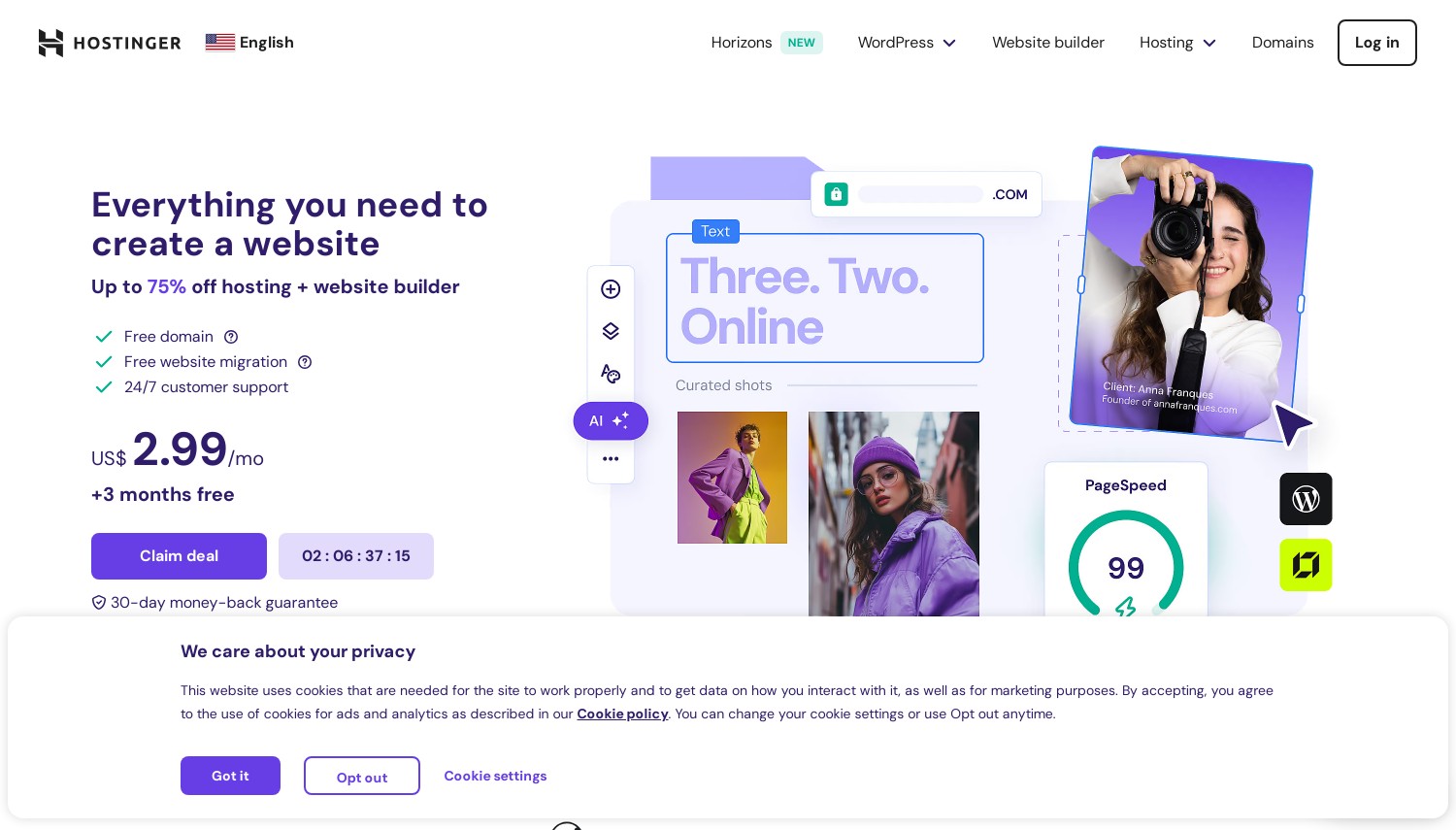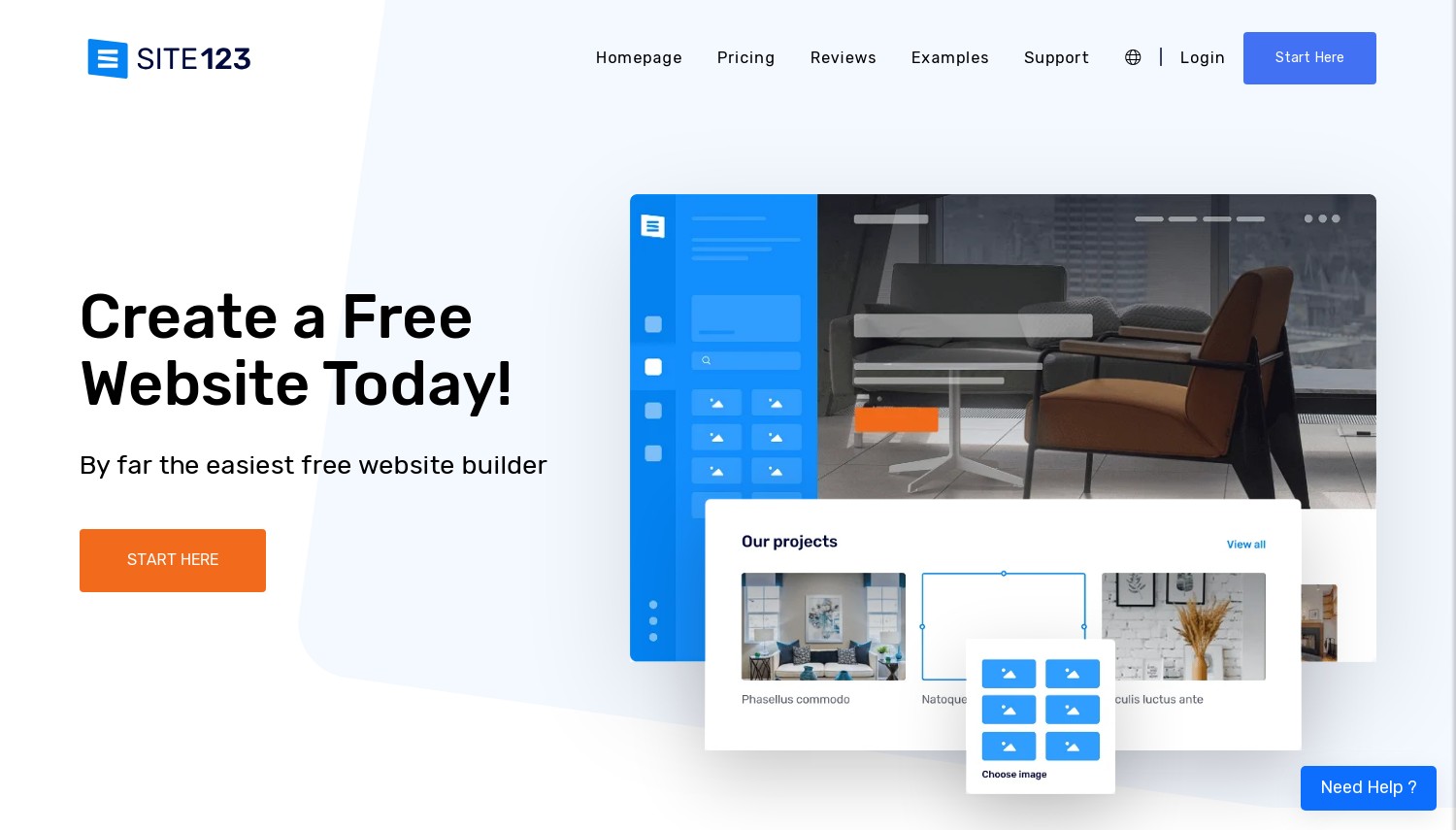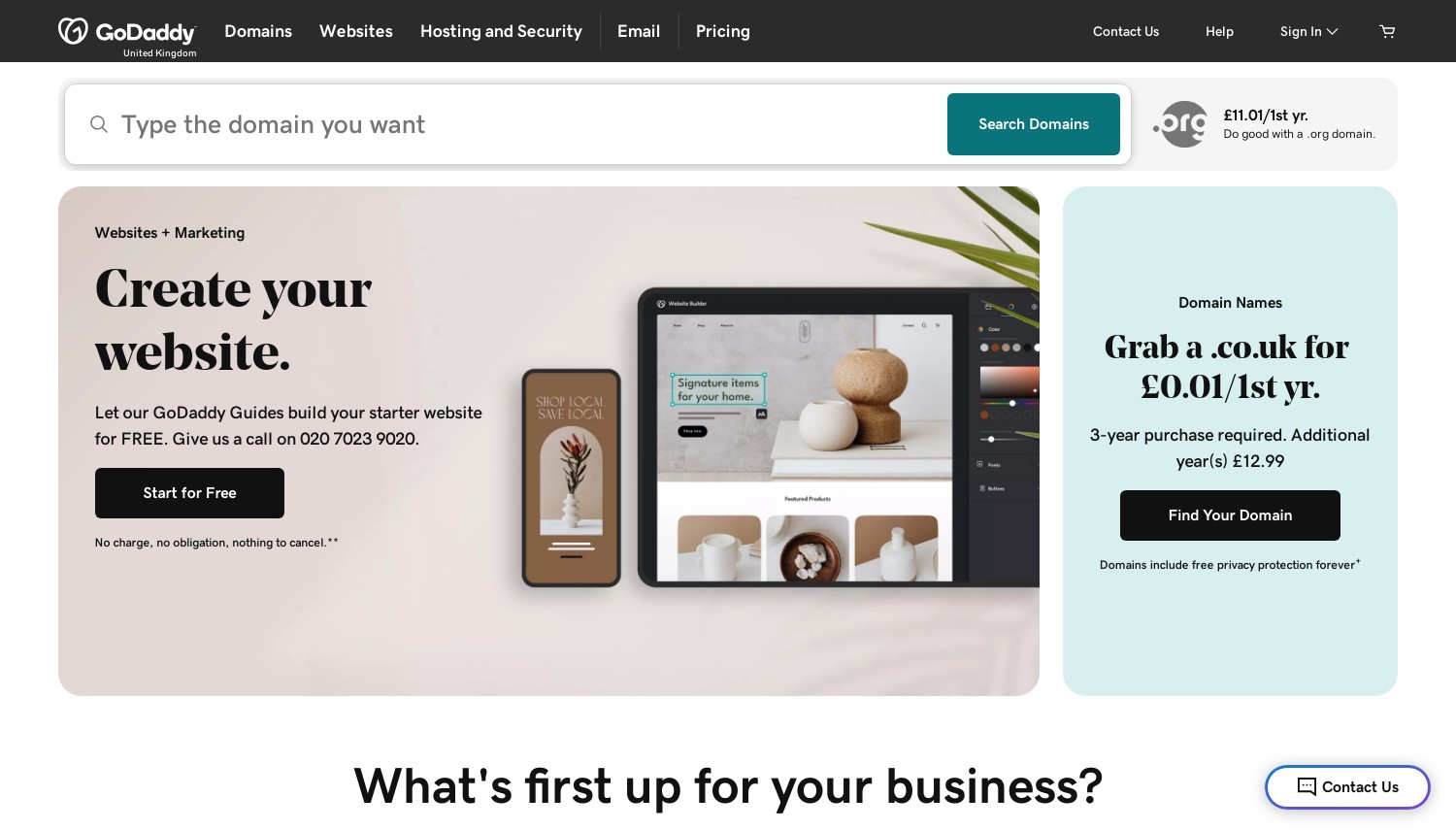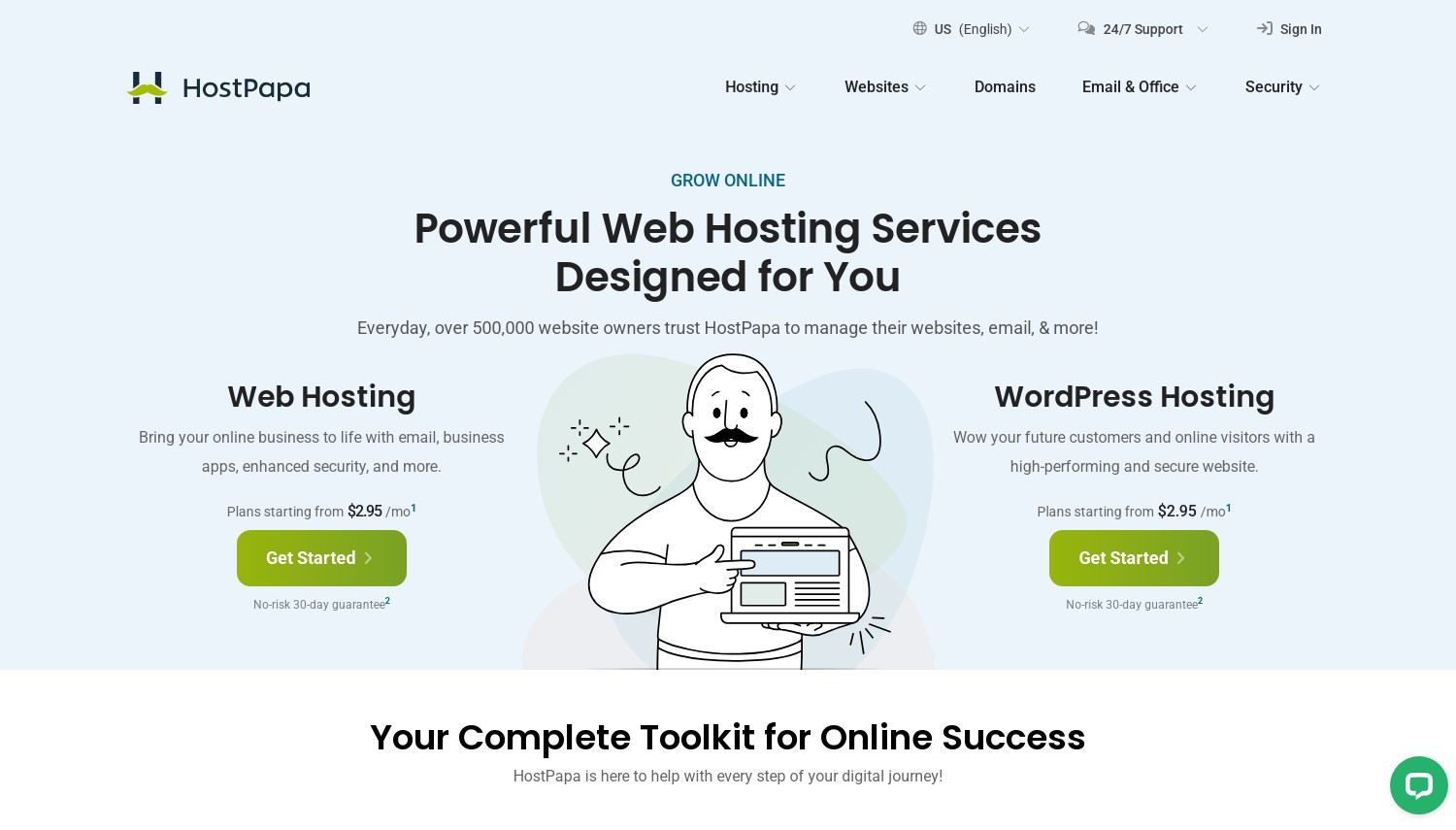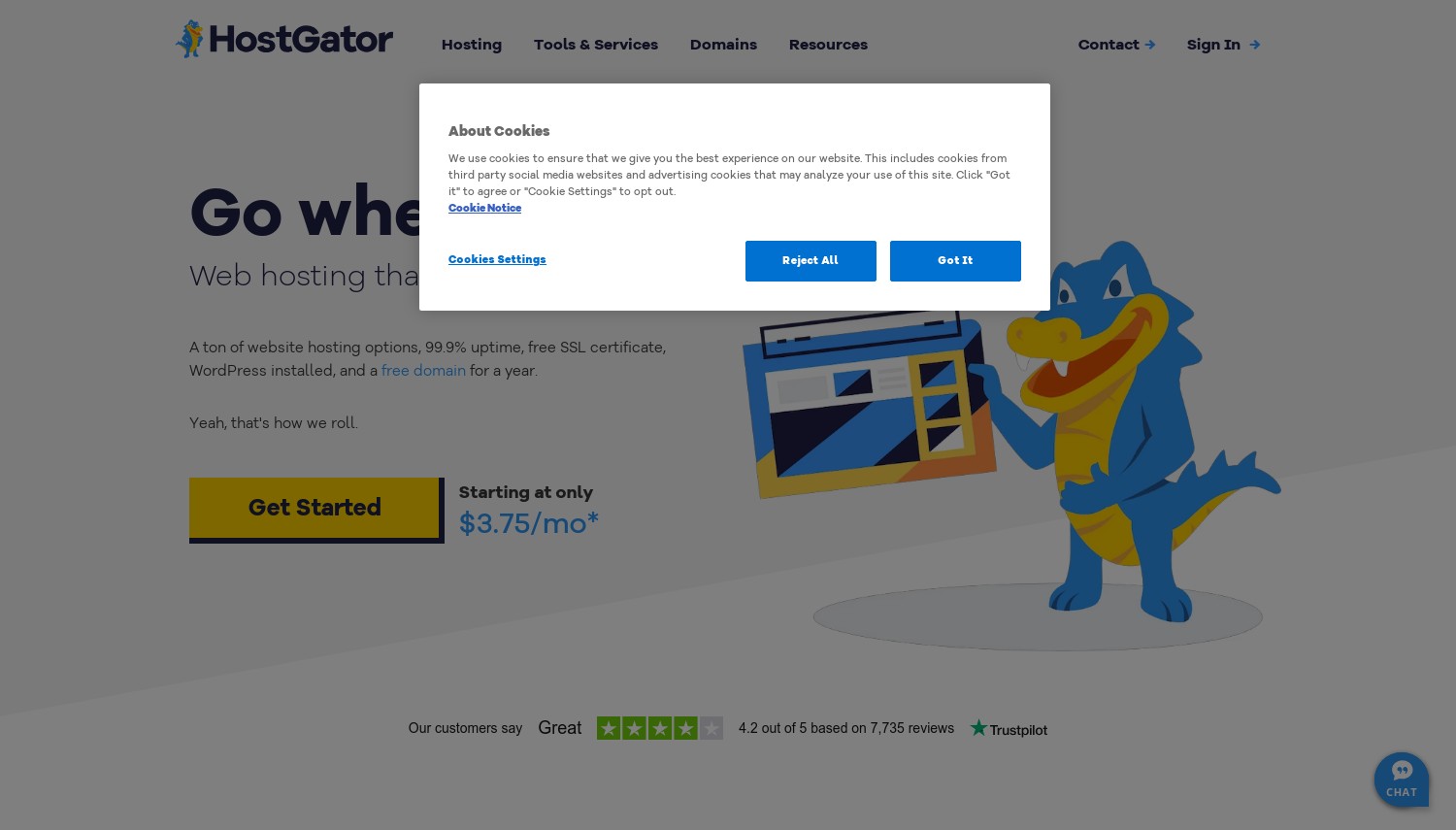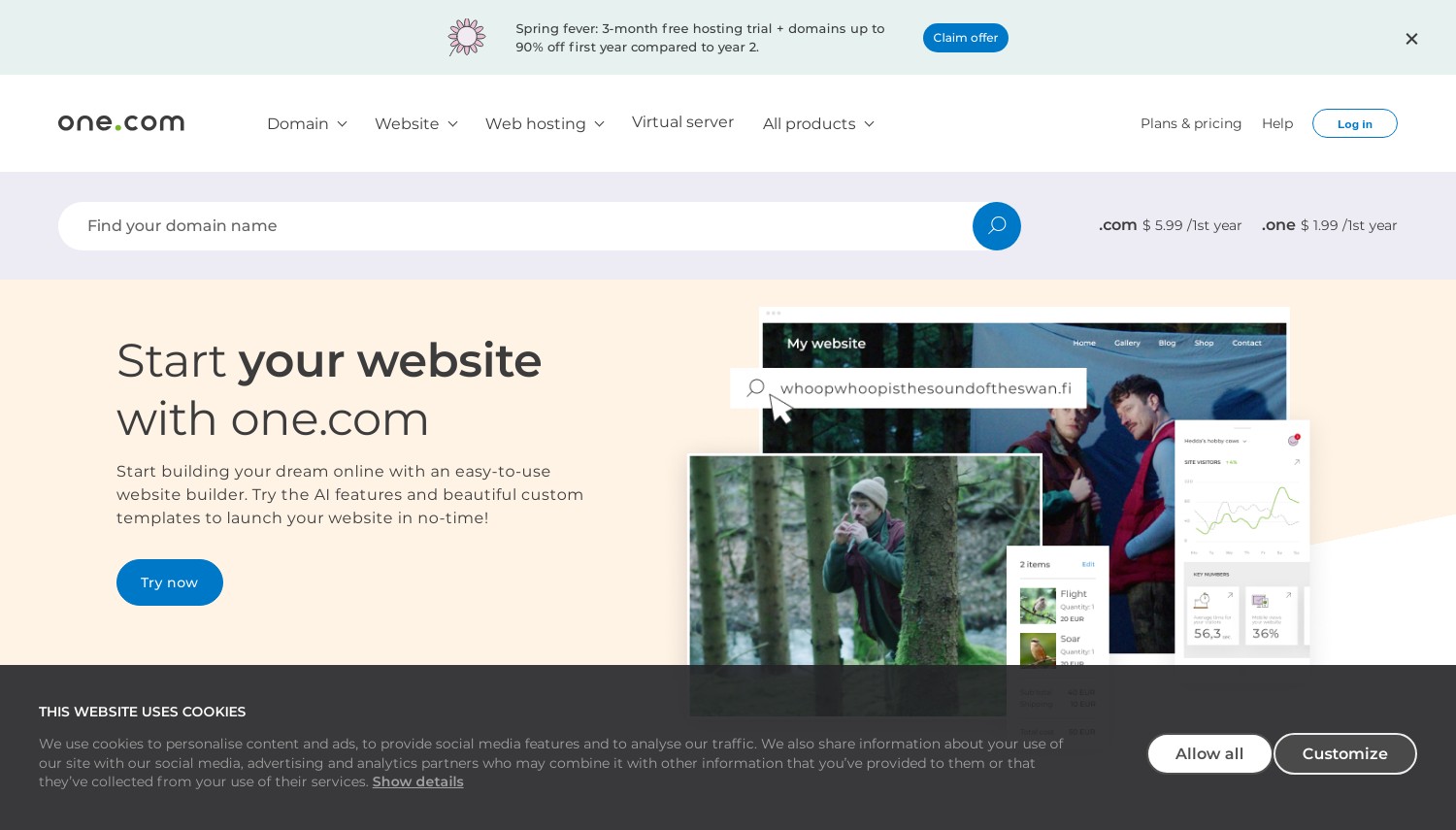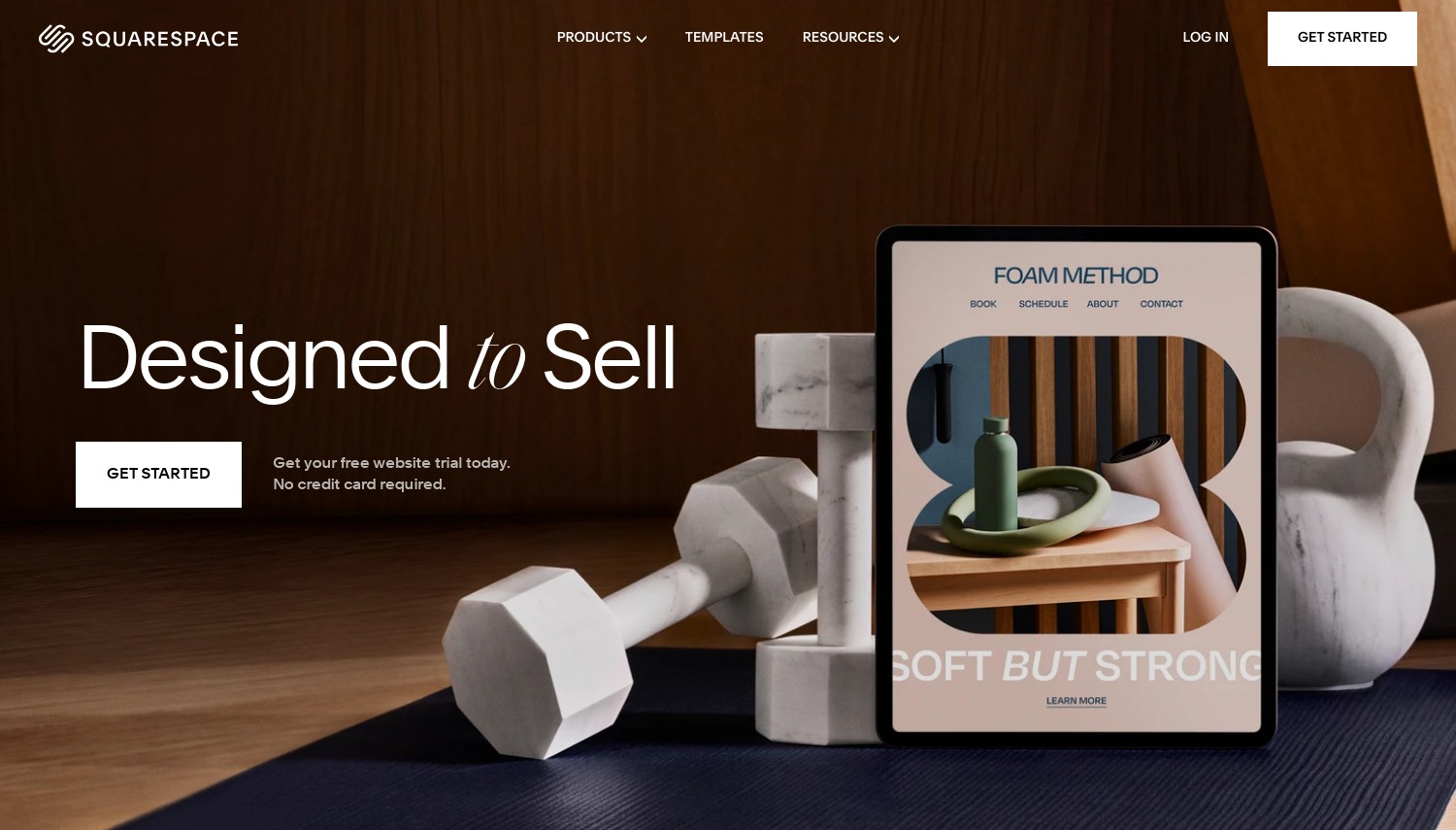On This Page: [hide]
Designing Your Website
Designing your website doesn’t have to be intimidating, even if you have no prior web design experience.
The right website builder will offer a wide range of templates and customization options,
making it simple to build a site that’s both unique and visually appealing.
With user-friendly design tools, you can easily adjust layouts, colors, fonts,
and images to reflect your brand and personal style.
When designing your website, it’s essential to focus on both user experience and performance.
A successful site should be easy to navigate, load quickly, and be optimized for SEO.
Fortunately, many modern website builders include built-in tools to help with search engine optimization, mobile responsiveness,
and site speed, so you can create a website that looks great, performs well, and attracts the right audience.
Using a Block Editor
A block editor is a modern website builder tool that allows you to create your site by adding and arranging blocks or sections,
each representing a different type of content. The WordPress block editor, also known as Gutenberg,
is a popular example that offers a flexible and intuitive way to build pages without coding.
Block editors make it easy to customize your website by dragging and dropping blocks for text, images,
videos, and other content elements. This gives you full control over your layout while maintaining a smooth and responsive user experience.
Popular tools like Gutenberg and Elementor‘s block editor provide a wide range of customization options,
empowering you to fine-tune both the appearance and functionality of your site.
When using a block editor, be mindful of how each block affects your site’s performance and user experience.
A well-organized structure ensures your website is not only visually appealing but also effective in engaging visitors.
What Are Drag and Drop Website Builders?
Simply put, a drag and drop website builder is a tool that enables anyone with a computer and internet access to
build a website quickly and efficiently, no coding required. These tools allow users to create custom layouts and features
by dragging elements directly onto the page.
A good website builder includes an intuitive drag-and-drop interface, customizable templates,
mobile responsiveness, and built-in performance optimization, all important for both SEO
and user experience.
Using a drag and drop builder is an easy process: choose a layout or theme, then drag pre-set components like headings,
images, menus, dividers, and footers into place. You can quickly design
individual pages and even build a full multi-page website within hours.
Many modern builders also offer AI-powered tools to assist with layout design and content generation, further simplifying the process.
Most themes are responsive by default, meaning your site will look great on desktops, tablets, and mobile devices,
all without the need for web development experience.
Why Do You Need Drag and Drop Website Builders?
Using a web hosting provider with a drag and drop builder is essential for businesses and individuals who want to
create their own website quickly and affordably, without needing to hire a developer or learn how to code.
Here are some of the key benefits of choosing a hosting provider with an integrated drag and drop website builder:
- Easy to use: Most drag and drop builders feature user-friendly interfaces, making them ideal even for complete beginners.
Some are considered among the easiest website builders on the market. - Cost effective: You can save significantly by not having to hire a web designer or invest in expensive software tools.
- Flexibility: Customize your website’s look and layout with ease, no technical knowledge required.
- Time saving: Avoid the time investment required to learn web development or design; just drag, drop, and publish.
- Landing page creation: Many builders include specialized tools and templates for quickly creating
high-converting landing pages for products, promotions, or campaigns.
For anyone seeking a fast and straightforward website creation process, drag and drop website builders are the ideal choice.
Which Are the Most Popular Website Builders?
Recent statistics show that the most popular website builders among users include Wix, Weebly, and Squarespace.
These platforms are known for their drag and drop functionality, allowing users to easily add content, forms, and custom design elements to their sites.
Each of these builders also offers key features such as e-commerce integration, SEO optimization tools,
and built-in marketing solutions, making them attractive for small businesses and creative professionals.
However, these are not the only website builders available. The market has expanded to include numerous other platforms,
including a variety of WordPress page builders that provide advanced design flexibility and a wide range of features.
When comparing these popular platforms to newer or niche builders, you’ll notice differences in design control,
ease of use, and feature sets. This gives users plenty of options to choose from based on their individual goals and technical skill level.
Website Builder FAQ
Can I customize my website beyond the default options?
Yes, most builders offer a wide range of customization options. For even more advanced design tweaks, you can use custom CSS
to fine-tune elements such as headers, sticky menus, font styles, and more.
How do these builders perform in real-world scenarios?
Performance can vary depending on your hosting provider and the complexity of your site.
It’s a good idea to run performance tests after adding your regular content and plugins to get an accurate understanding
of site speed and builder efficiency.
Is it easy to manage content with these builders?
Yes. Website builders are designed to make content management simple. You can easily create and edit blog posts,
update existing pages, and add new content with just a few clicks, all without needing technical knowledge.

 Hostinger
Hostinger

 SITE123
SITE123

 Jimdo
Jimdo
 GoDaddy
GoDaddy
 HostPapa
HostPapa

 Hostgator
Hostgator
 One.com
One.com
 Squarespace
Squarespace


